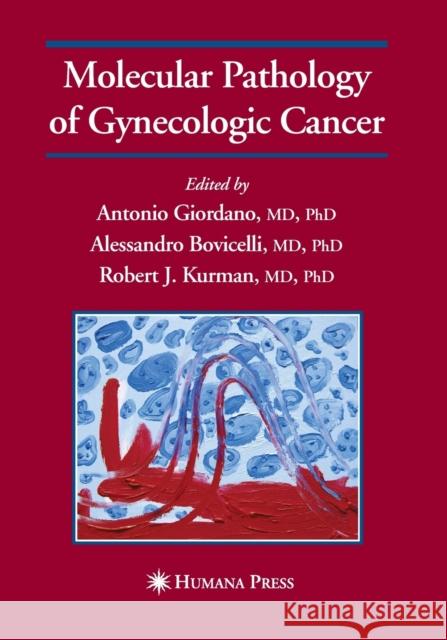Molecular Pathology of Gynecologic Cancer » książka
topmenu
Molecular Pathology of Gynecologic Cancer
ISBN-13: 9781493956777 / Angielski / Miękka / 2016 / 226 str.
Kategorie BISAC:
Wydawca:
Humana Press
Seria wydawnicza:
Język:
Angielski
ISBN-13:
9781493956777
Rok wydania:
2016
Wydanie:
Softcover Repri
Ilość stron:
226
Waga:
0.43 kg
Wymiary:
25.4 x 17.78 x 1.32
Oprawa:
Miękka
Wolumenów:
01
Dodatkowe informacje:
Wydanie ilustrowane











